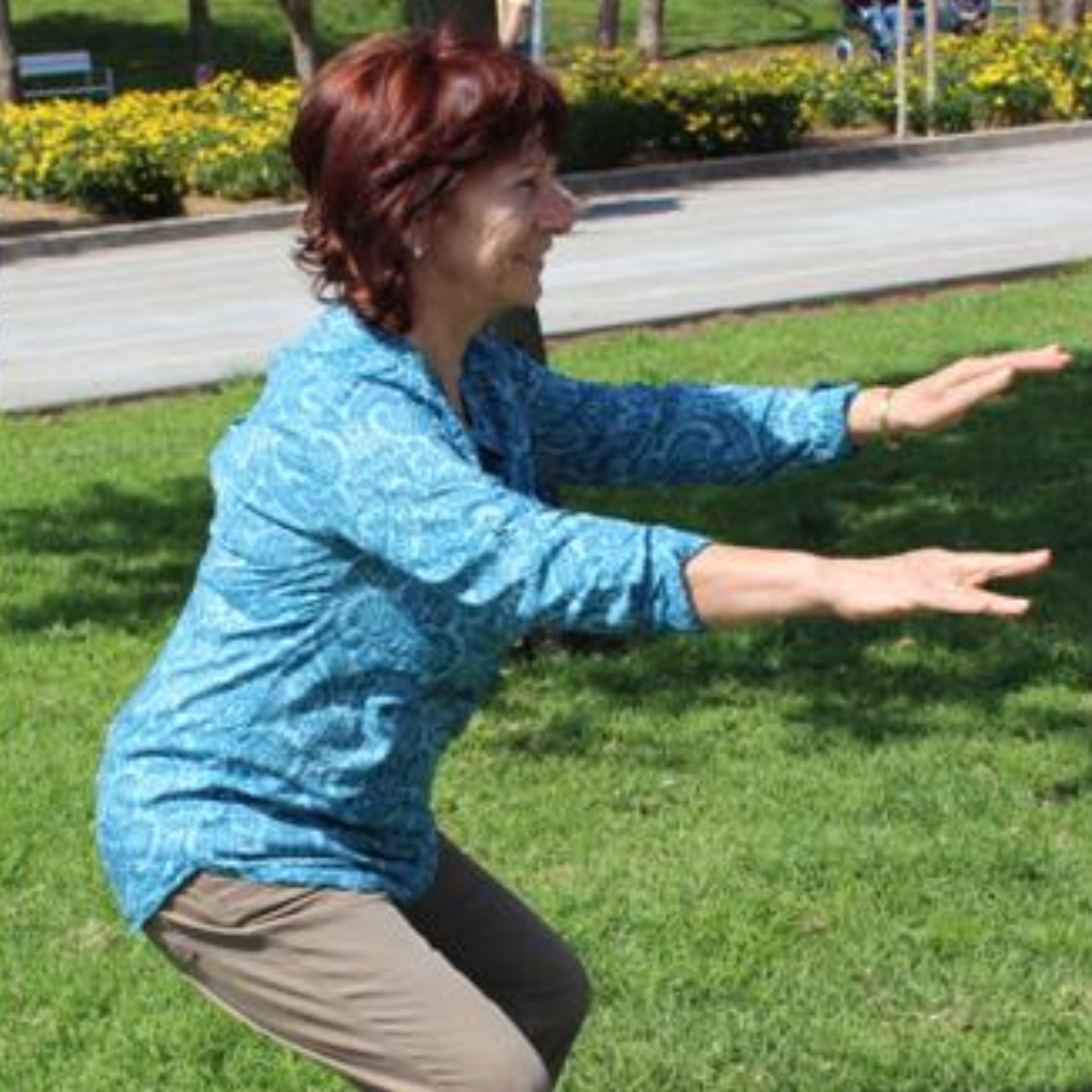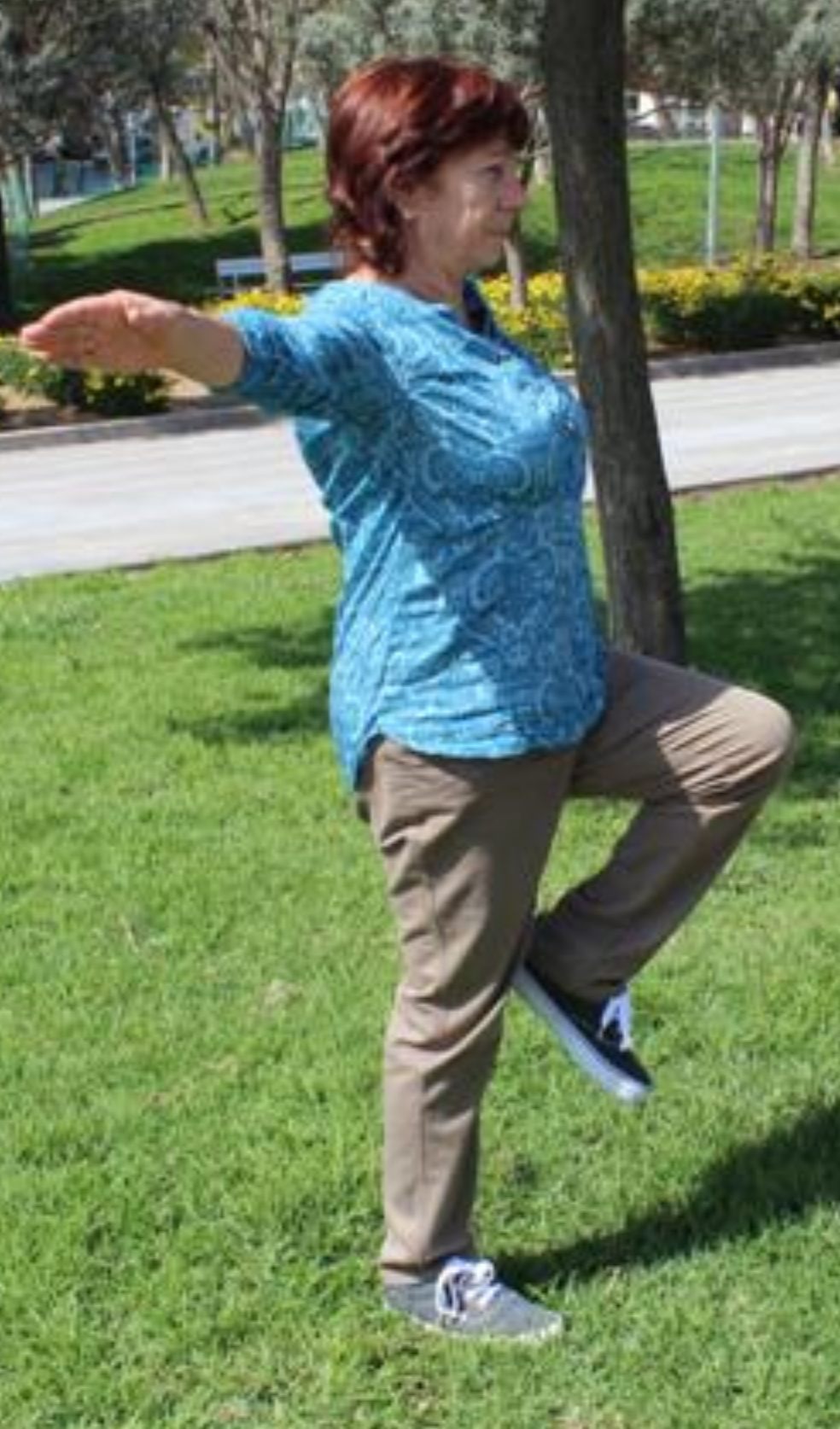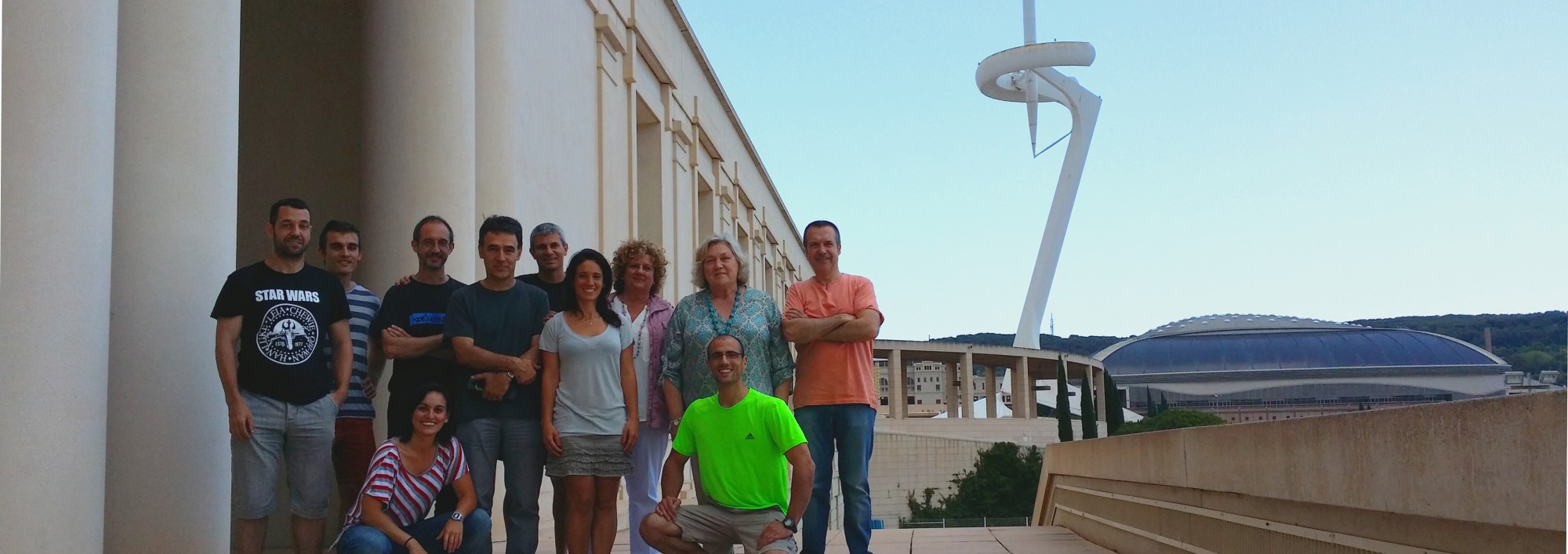
The fall of an elderly person can carry physical consequences, which can range from a muscular injury to a bone fracture, and/or psychosocial consequences derived from fear of falling (Kendrick, et al., 2014). There are risk factors for falling in older people who are not modifiable (eg age, arthritis, stroke’s history….) and others that are modifiables (Kendrick, et al., 2014; Moncada, 2011). Through exercise practiced regularly can improve many of the modifiable factors both physical (eg. Impaired balance, impaired gait, muscle weakness) (Moncada, 2011) and psychosocial aspects (eg. mood, fear of falling) (Kendrick, et al., 2014).
Traditionally, balance, resistance and endurance training programes proved to be effective in improving parameters of physical abilities and the number of falls(Cadore, et al., 2013; Granacher, et al., 2011; Shubert, 2011). When training programs include such parameters together are called multimodal interventions. These improvements are particularly relevant among the most vulnerable, who are frail and/or institutionalized older persons (Shubert, 2011).
Recent studies indicated that other types of exercise programs seem potentially good for improving falls’ prevention in older people (Granacher, et al., 2013; Granacher, et al., 2011; Lam, et al., 2012; Schoene, et al., 2014). Such as, exercise programs: a) with perturbation-based or multitask balance training and power/high-velocity resistance training (Granacher, et al., 2011), b) with whole body vibration (Lam, et al., 2012), c) with interactive cognitive-motor interventions (Schoene, et al., 2014) or, d) with core strength training and/or Pilates exercise training (Granacher, et al., 2013). These authors recommend using this type of exercise for preventing falls in elderly people. However, is necessary to do more scientific studies to determine the type of intervention would be more advisable since it is based in pilot studies evidence (Granacher, et al., 2011), with a not very high relation with falls’ prevention (Granacher, et al., 2013), only improvements in indirect parameters of falls’ prevention (eg. balance and mobility (Lam, et al., 2012) or in improvements of fall risk (Schoene, et al., 2014) but not in preventing falls itself.

Otherwise, some authors suggested that for the prevention of falls in older people is not sufficient with an approach to exercise (eg. balance, strength, gait). They report that should be make a multifactorial intervention to include other perspectives (Moncada, 2011). Is necessary modify the home environment, reduce medication intake, control postural hypotension and reduce problems related to feet and footwear (Moncada, 2011).
Also, do not forget that in people with a falls’ history, apart from the physical modifiable factors are also relevant the psychosocial factors, especially the fear of falling. After exercise interventions improves fear of falls in older people, but after the end of the intervention improvements are being lost (Kendrick, et al., 2014). Reason for be key adherence to exercise to avoid increasing the risk of falling again.
So in order prevent falls in older people a multifactorial approach that includes not only physical exercise should be performed. We must take into account not only the suitability for improving the prevention of falls, but also choose an exercise typology adequate to the person (depending on personal characteristics, preferences, access to fitness centers …) for the older person adhering to the exercise and the risk of falling are kept as low as possible as time passes.

References:
- Cadore, E. L., Rodriguez-Manas, L., Sinclair, A., & Izquierdo, M. (2013). Effects of different exercise interventions on risk of falls, gait ability, and balance in physically frail older adults: a systematic review. Rejuvenation Res, 16(2), 105-114.
- Granacher, U., Gollhofer, A., Hortobagyi, T., Kressig, R. W., & Muehlbauer, T. (2013). The importance of trunk muscle strength for balance, functional performance, and fall prevention in seniors: a systematic review. Sports Med, 43(7), 627-641.
- Granacher, U., Muehlbauer, T., Zahner, L., Gollhofer, A., & Kressig, R. W. (2011). Comparison of traditional and recent approaches in the promotion of balance and strength in older adults. Sports Med, 41(5), 377-400.
- Kendrick, D., Kumar, A., Carpenter, H., Zijlstra, G. A., Skelton, D. A., Cook, J. R., et al. (2014). Exercise for reducing fear of falling in older people living in the community. Cochrane Database Syst Rev, 11, CD009848.
- Lam, F. M., Lau, R. W., Chung, R. C., & Pang, M. Y. (2012). The effect of whole body vibration on balance, mobility and falls in older adults: a systematic review and meta-analysis. Maturitas, 72(3), 206-213.
- Moncada, L. V. (2011). Management of falls in older persons: a prescription for prevention. Am Fam Physician, 84(11), 1267-1276.
- Schoene, D., Valenzuela, T., Lord, S. R., & de Bruin, E. D. (2014). The effect of interactive cognitive-motor training in reducing fall risk in older people: a systematic review. BMC Geriatr, 14, 107.
- Shubert, T. E. (2011). Evidence-based exercise prescription for balance and falls prevention: a current review of the literature. J Geriatr Phys Ther, 34(3), 100-108.

bona tarda
soc metge de familia, de Barcelona.
Estic fent un master amb la UOC…en el tema actual ( fisiologia de l’exercici i bases de l’entrenament) em demanen dissenyar un microcicle d’entrenament amb l’objectiu de disminuir el risc de caigudes en gent gran, indicant l’objectiu de les sessions, grups musculars a treballar, exercicis, ordre dels mateixos i com desenvolupar els components de la càrrega ( sèries, repeticions etc…)
ön podria trobar algun exemple i informació adeqüada per orientar-me?
gràcies.
Laura escorne num col 31541-B